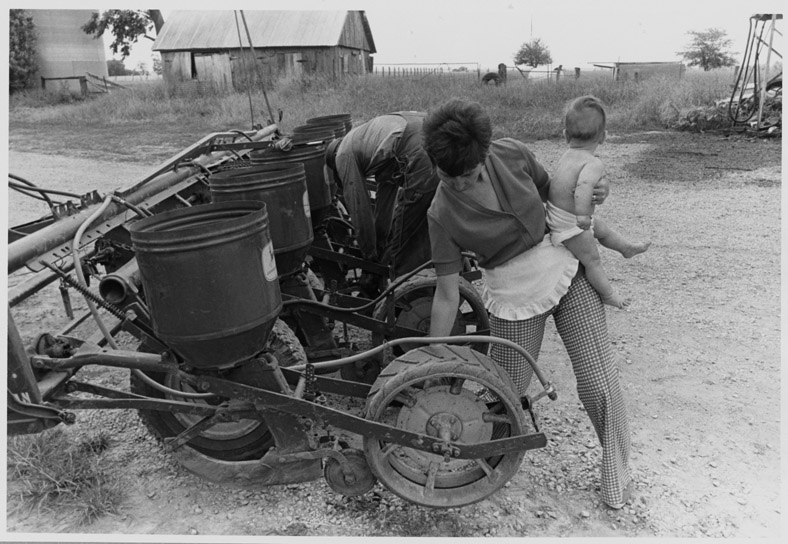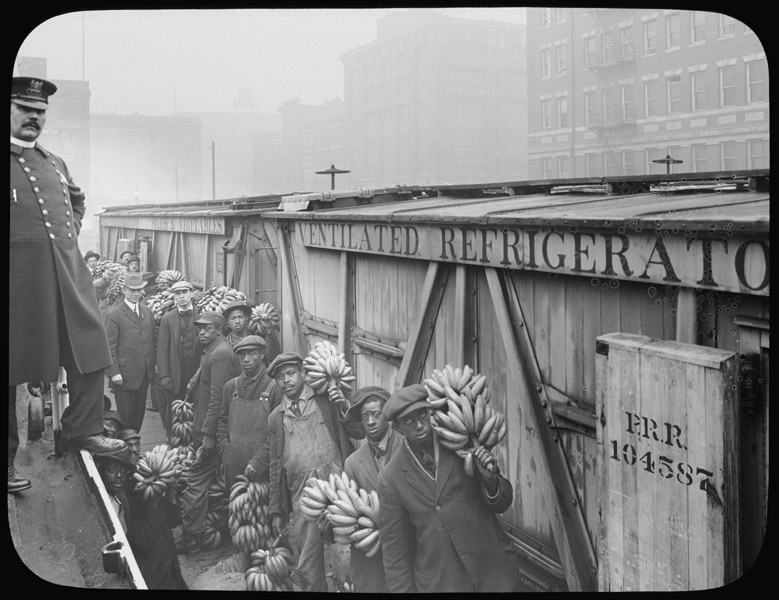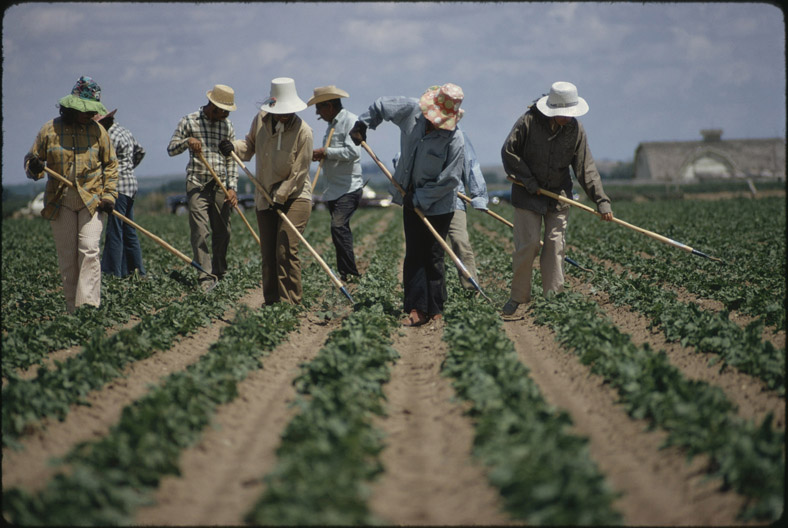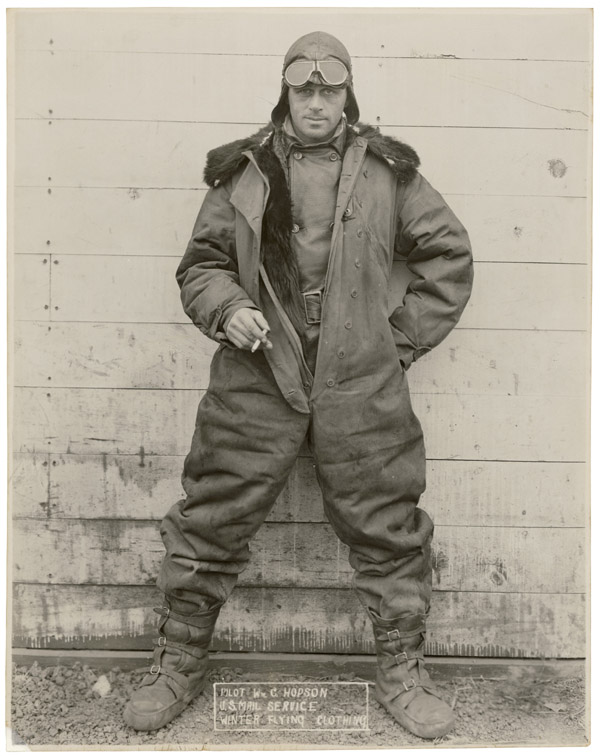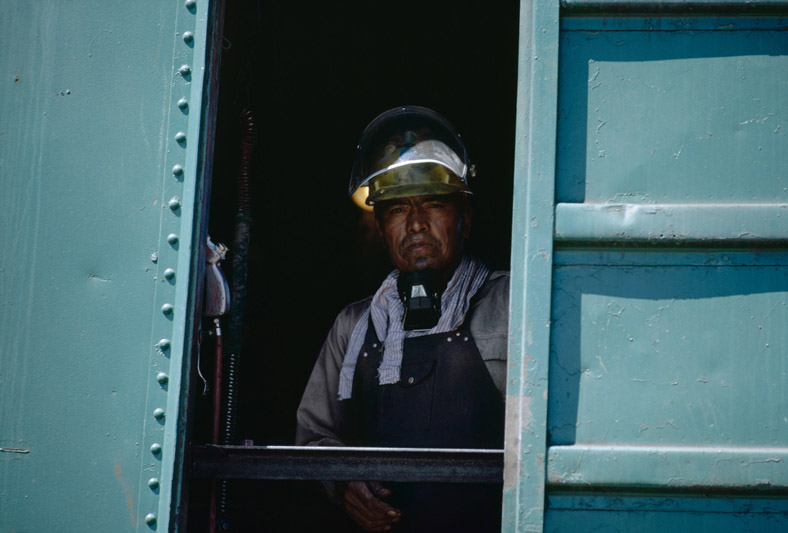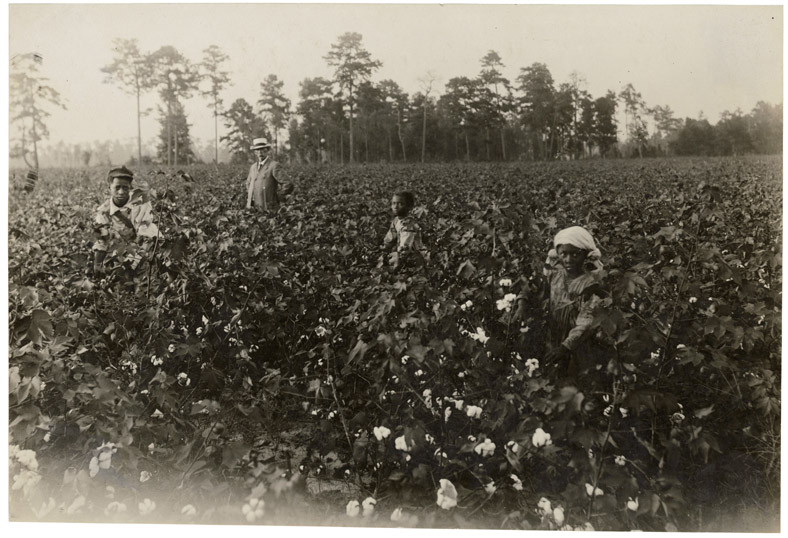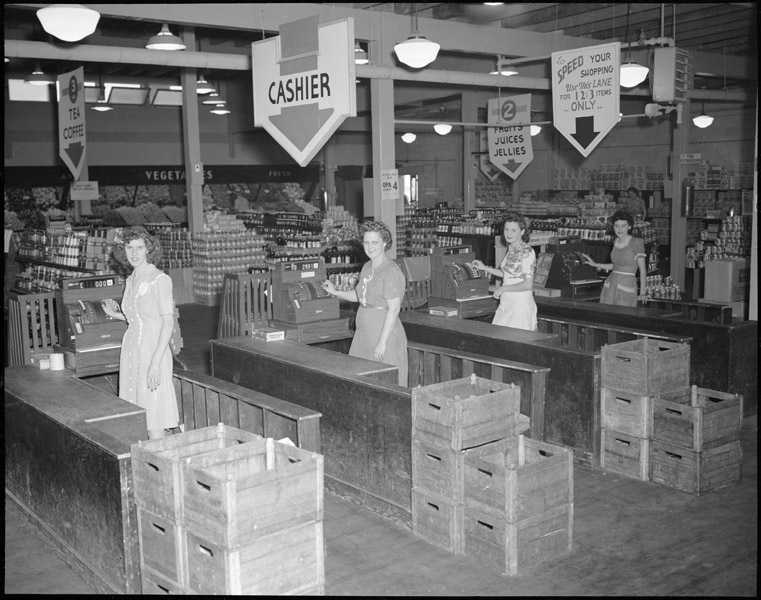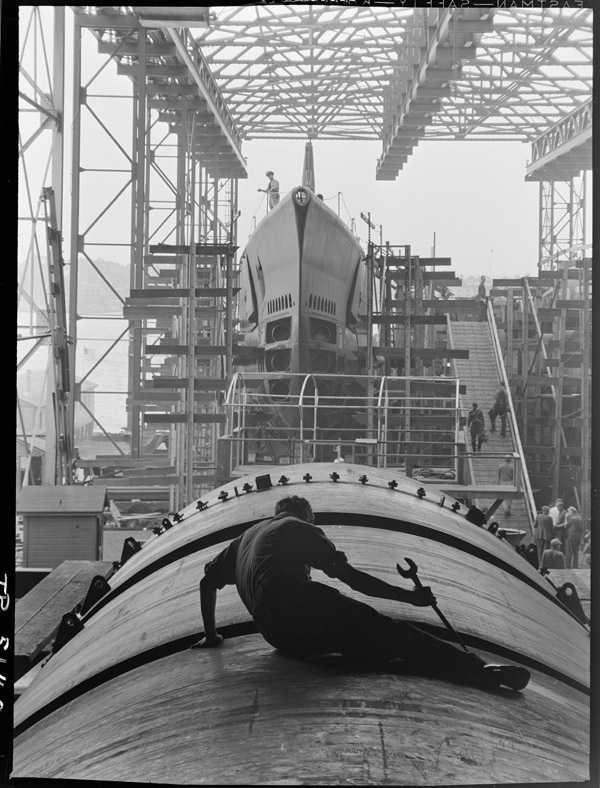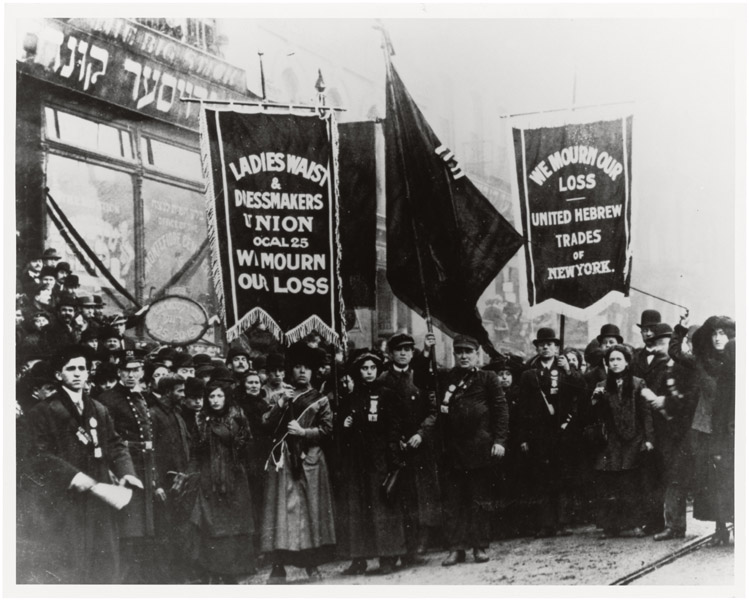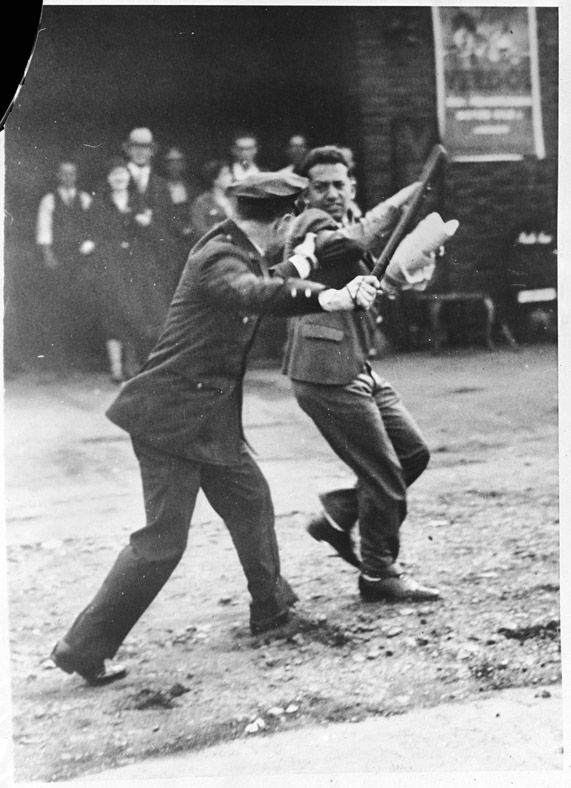
Photographs from the National Archives, Gallery
Photo Gallery
The exhibit includes 86 exceptional black and white and color photographs from the National Archives’ holdings spanning the years 1857 – 1987. Large photomurals, a video showing a variety of workplaces, and audio segments in which workers talk about their experiences on the job make "The Way We Worked" an environmental experience.
Below are selected images listed under the following five themes explored in the exhibit:
How We Worked - Photographs show workers posing heroically with their tools and as the symbolic "heart of the turbine." These pictures also reveal the effect of technology and automation as operatives sit along assembly lines, labor in typing pools, or work amid the sounds of machinery around them.
What We Wore to Work- Work clothes have many functions. They serve as badges of authority and status, make occupations immediately identifiable, and sometimes distinguish male and female roles.
Where We Worked- Americans have worked just about everywhere: on farms, boats, and skyscrapers; in mines, offices, and factories; and at home, restaurants, and hospitals.
Dangerous and Unhealthy Work - Photography has traditionally documented "the dangerous trades" in the United States. Social reformers have used photographs as evidence to ban child labor, reduce the hours that women could work, expose unsanitary workplaces. Engineers have photographed the details of machinery and processes to improve operations and practices.
Conflict at Work- Workers and managers have clashed over wages, hours of work, working conditions, work rules, and union recognition. Strikes, lockouts, protests, and boycotts as well as bargaining and settlements have played a large part in shaping American history.
How We Worked
Photographs show workers posing heroically with their tools and as the symbolic "heart of the turbine." These pictures also reveal the effect of technology and automation as operatives sit along assembly lines, labor in typing pools, or work amid the sounds of machinery around them.
What We Wore to Work
Work clothes have many functions. They serve as badges of authority and status, make occupations immediately identifiable, and sometimes distinguish male and female roles.
Where We Worked
Americans have worked just about everywhere: on farms, boats, and skyscrapers; in mines, offices, and factories; and at home, restaurants, and hospitals.
Dangerous and Unhealthy Work
Photography has traditionally documented "the dangerous trades" in the United States. Social reformers have used photographs as evidence to ban child labor, reduce the hours that women could work, expose unsanitary workplaces. Engineers have photographed the details of machinery and processes to improve operations and practices.
